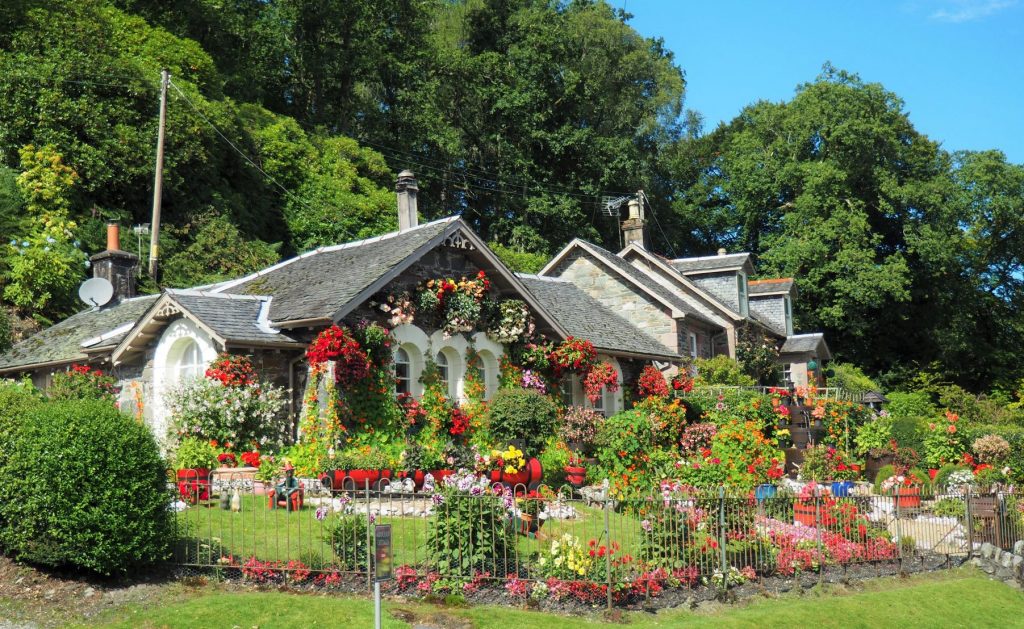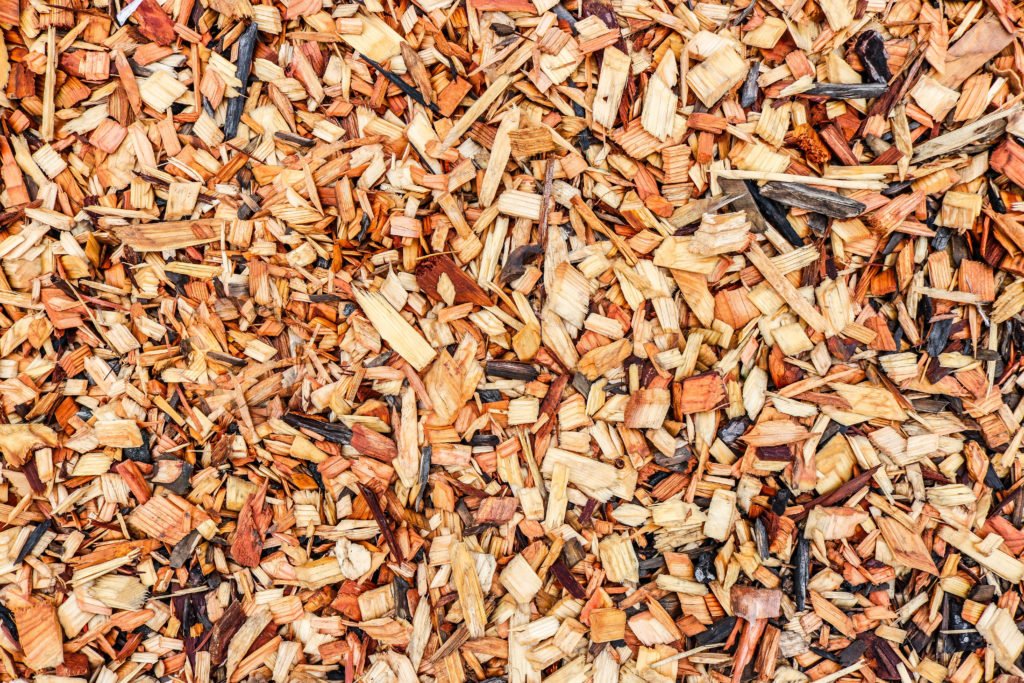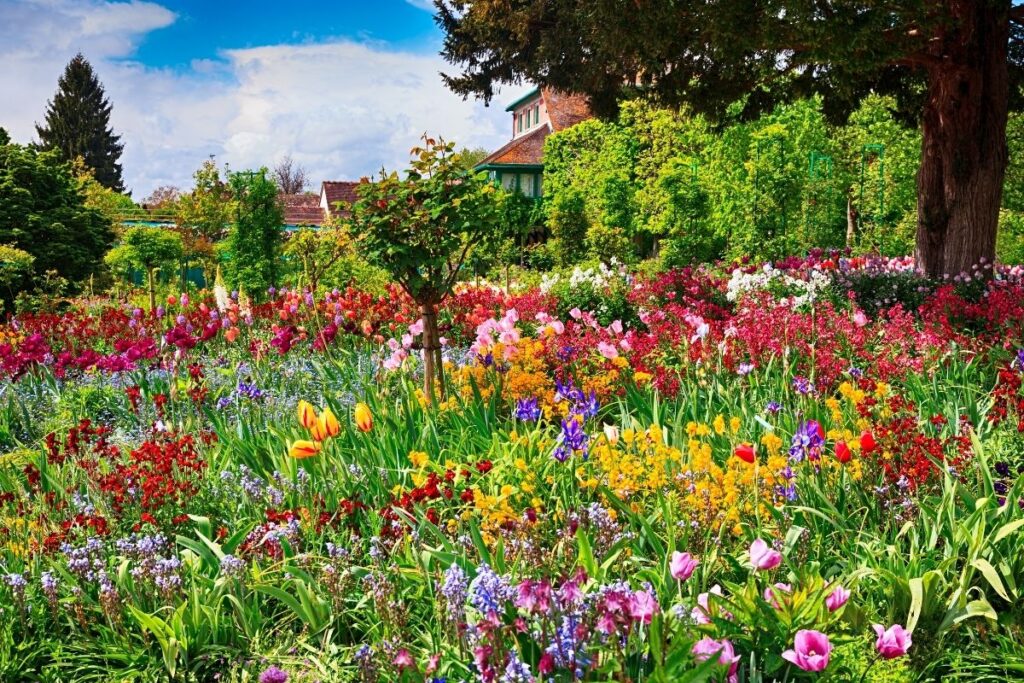While many folks have a knack for planting a garden, or have just started, it’s always a good idea to step back and remember that we all had to face Day One at some point.
Every year, we walk away with so much knowledge, lessons learned, tips and tricks, and a better understanding of how our personal gardens perform.
It’s easy to forget how overwhelming it can be when thinking about starting a garden for the first time. With that, I’ve gathered some top tips to help you get started on building a foundational knowledge base and help you kick off the planning process in 6 steps to start your first garden, successfully .
This post contains affiliate links. If you click through and make a purchase, I’ll earn a commission, at no additional cost to you.
1. Plan, and Plan Some More
You absolutely want to plan your garden before you start digging holes and buying seeds. Know where the sun sits and pick an appropriate place where your garden will get a fair share of sunlight, and also where your garden will get shade.
Remember that some plants prefer full sun, others partial and some full shade. Be sure to read seed packages as you are considering which plants to choose so you can get an idea of many plants you’ll be able to dedicate to each area of your garden.
You will need to map out what that looks like for your garden, which will include sun patterns, water retention, spacing, soil conditions and depth.
Assess Your Goals
Planning also means having knowledge of what you want to accomplish with your first few gardens as well as how you’re going to maintain it.
Get the right tools and make sure you have enough time set aside through the week for weeding, pruning, picking and digging.
Plan the amount of space for the types of fruits and vegetables you want. If you’re thinking of planting watermelons and zucchini, you’re going to need lots of space.
Don’t underestimate how large some of these plants can grow. Again, spend time reading and taking note of plant sizes, growth and spacing suggestions and harvest volumes.
2. Care For The Soil
This is a big one and can often be overlooked if you’re super eager and start on a whim when the first beautiful day strikes. Nutrient packed soil is your best secret weapon for a planting a successful garden.
Make sure you spend time reviewing the different types of nutrients available to you and incorporate that into your soil before you get started. There are loads of options out there and it’s wise to pick what is best for you.
Think about organic vs inorganic, compost, manure, or fertilizer. How much time can you invest in the option you pick? Sometimes a quick sprinkle and a rake do the trick, others require turning soil and incorporating it 10 inches into to ground.
Don’t Be Intimidated
This can get super scientific if you consider the available ingredients and what helps specific plants (balancing nitrogen, calcium, carbon etc.) Don’t let it overwhelm you. Select one that fits your budget and aligns with your garden goals and go from there.
I would also suggest doing a quick dig and see if you have a lot of rocks. For some reason there was one corner in my first garden that was loaded with small to medium sized rocks. This took so much time to clear and I still wasn’t able to dig them all out.
It was difficult to grow some plants in this specific area because they didn’t do well with porous rocky soil. If I had known they were there to begin with, I would have chosen a new spot to start the garden.
3. Start Small
It’s fun to pick out which vegetables you’re going to plant and think about your bountiful harvest and all the fresh and different dishes you’ll whip up in the kitchen.
Who doesn’t like having 6 different types of tomatoes to choose from depending on the recipe you’re trying to create?! I’ve love a bushel of strawberries to pick each week and make jam for fun. My family loves trying all kinds of squash recipes, but summer squash grows like wildfire!
Realistically, however, that is going to require a lot of space and a ton of work. It will get overwhelming trying to maintain it all especially if you’re just getting started. While it’s great to have variety, don’t get carried away.
4. Pick Easy Starter Plants
Start with some low maintenance, easy to grow starters. You’ll still reap plenty of rewards but you’ll ease into gardening with options like tomatoes, summer squash, peppers and cucumbers. They tend to do well with little care and some daily maintenance.
Also, be careful of how many of each plant you settle on. While a 6 pack of zucchini and a 6 pack of pumpkin plants and a 6 pack for each 3 different varieties of peppers you will be planting may seems like the right choice, you’re already up to a pretty sizable garden and you won’t need 6 individual plants for each garden variety.
Start small, with 2-3 of each, and plant less than you think you need. Again, read the packaging as some require companions and will need to pollinate among each other.
I promise you’ll grow plenty. <- Ahem, someone should start taking her own advise. If you follow my instagram @ahappygarden you will see the gigantic patch of tomatoes I may or may not have accidentally planted. It’s a jungle in there and I am not sorry about it.
5. Learn How to Water
Seriously. I know this seems like a no brainer but you’d be surprised. Again, knowing how the sun moves throughout the day will help you know when to water. Knowing your climate will help you know how to water.
The lifecycle of your plants require different amounts of water. Do your homework on the plants you choose and how much water they require.
Generally speaking, moist soil is the key to success. You’re not watering the leaves, you’re watering the soil and the roots of the plant.
To help keep consistency and moisture throughout the day, especially in dry and very hot climates, think about adding a mulch as a layer of protection and moisture retention.
This will aid you in keeping the soil moist while also avoiding water logging. Roots can drown and get water logged, and too much water is a bad thing, so balance is key.
Pay attention to the weather too. If it’s raining for 3 days straight, you don’t need to water on the fourth or even fifth day and will want to give the plants a little break from continuous moisture. That is also a great time to get into the garden and do a little aerating.
When it rains regularly, the soil can become compact and will limit the amount of oxygen that circulates. Poke around and loosen things up a bit. It will also give your water bill a break!
6. Know Your Zone
Check out the Plant Hardiness Map for the USDA to better understand your planting zone. There is a lot of great information out there specific to your climate, soil types, weather patterns and seasons.
You’ll need to know when your ground freezes and thaws, when your last anticipated frosts are, what temperatures to wait for before planting, and other weather related fun facts.
The worst thing is to see a bright warm spring day and get so excited you start planting your garden only to see it snow the next day. Hello Northeast, I’m looking at you.
Weather can change overnight but let the experts predict your perfect gardening routine.
Articles You’ll Love:



